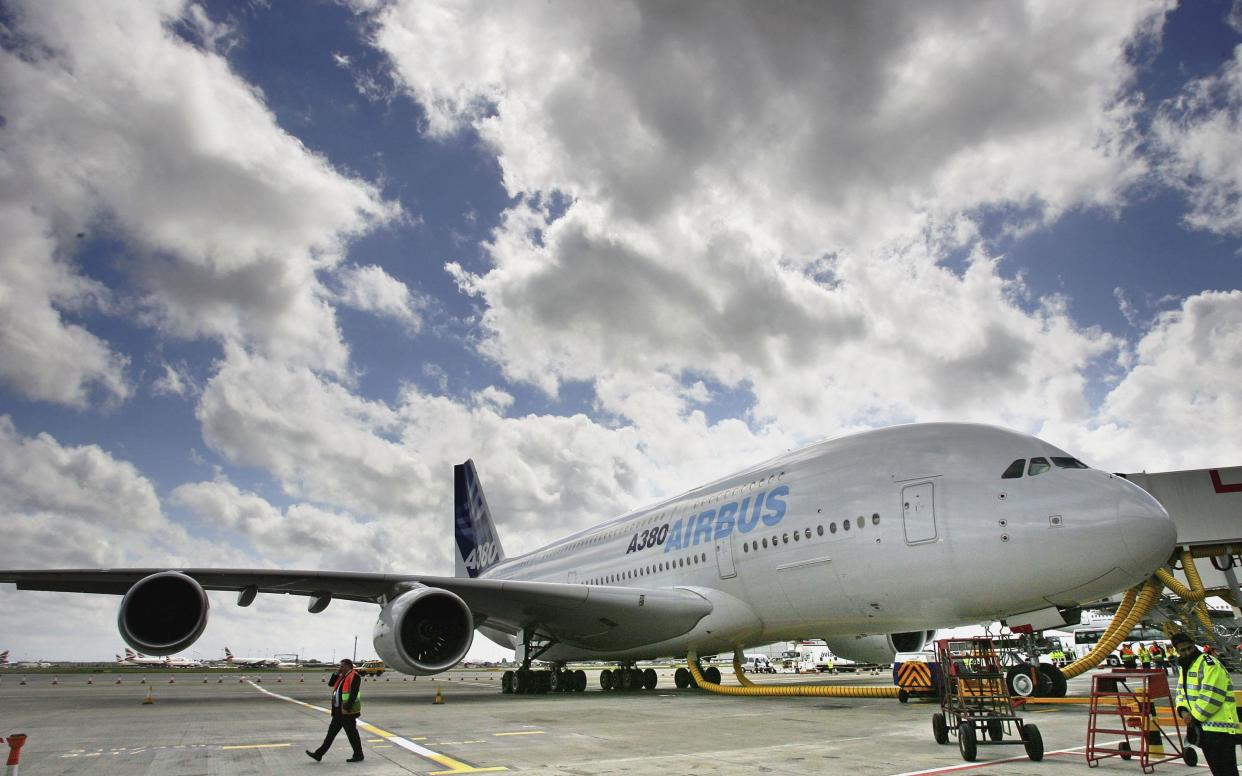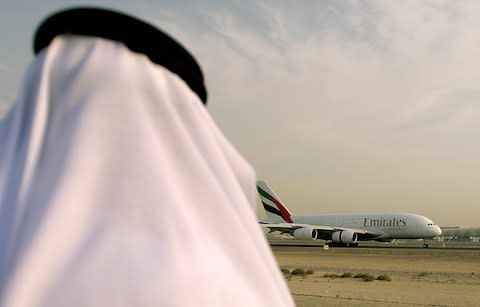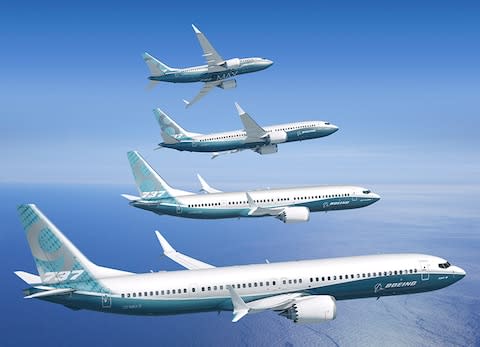Is Airbus about to pull the plug on the world's biggest passenger plane?

Airbus is preparing to halt production of the world’s largest passenger jet as it waits anxiously on a key order from Emirates.
The Toulouse-based aircraft manufacturer, which developed the A380 at a cost of €11billion (£9.7bn), was hoping to sign a deal with the Gulf carrier, and largest operator of the superjumbo, for 36 new planes worth $16billion (£11.9bn).
But after talks broke down at the Dubai Air Show in December, it is understood Airbus is now establishing plans for shutting down production of the A380.
“If there is no Emirates deal, Airbus will start the process of ending A380 production,” a person briefed on the plans told Reuters. A spokesperson for the manufacturer told Telegraph Travel: "We do not comment on any such speculations especially while campaigns are active and ongoing."
The collapse of the order from Emirates would be the final nail in the the coffin for an airliner that, despite praise from passengers, has underperformed in terms of sales since its launch in 2007.

Built to rival the bulk of the Boeing 747, the A380 can carry 525 passengers in a three-class cabin layout and was designed to meet a growing demand for air travel. However, as airlines moved towards flying smaller, twin-engined models, which are easier to fill and cheaper to maintain, the popularity of the A380 fell.
At a glance | The Airbus A380
It is understood that, while Emirates is a proud user of the A380, welcoming its 100th in November, the airline is only keen to purchase 36 more if Airbus pledges to continue production.
And though other airlines, including British Airways, Air France and Etihad, fly the A380, Airbus is reluctant to keep its factories open without the certainty that an Emirates order would provide. Production rate of the aircraft is already set to fall from 27 a year to just eight by 2019.
In numbers
Should production of the jet end, it could mean the value of existing A380s falls. In November, Singapore Airlines handed back the first A380 ever to enter service back to the leasing company which owns it. The jet, which first flew in 2007, has now gone into storage.
In November an Irish aircraft leasing company, Amedeo, said it was planning to create its own airline because it can’t find anyone to borrow its A380s.
Looking to the future, though double-decker, four-engine aircraft may continue to serve routes such as London to Dubai, airlines are increasingly turning to modernised twin-engined aircraft such as the 787 Dreamliner or A350.
The 18 most important aircraft of all time
Equally, long-standing models such as the 737 and A320 remain in demand. Such is the popularity of the A320 that the company claims one takes off or lands somewhere in the world every two seconds. Airbus says an A380 takes off or lands somewhere in the world every two minutes.
Its latest version, the A320neo, has so far been ordered by 70 airlines, winning it the accolade of being the fastest-selling commercial aircraft in history. Boeing’s answer to the A320neo, said to be quieter and more fuel efficient, is the 737 MAX, of which Ryanair has ordered 200.

Hypothetically, should every single A380, capable of carrying 853 passengers in a single class, be grounded, the Boeing 747-8 would become the largest passenger aircraft in the world, capable of carrying 700 passengers in a single class.
However, the original jumbo jet is not long for this world, as carriers begin to phase out the 747s from their fleet. KLM, United and Delta all retired their last 747 in 2017.
That would leave the Boeing 777 as the world’s largest, capable of carrying up to 550 passengers.